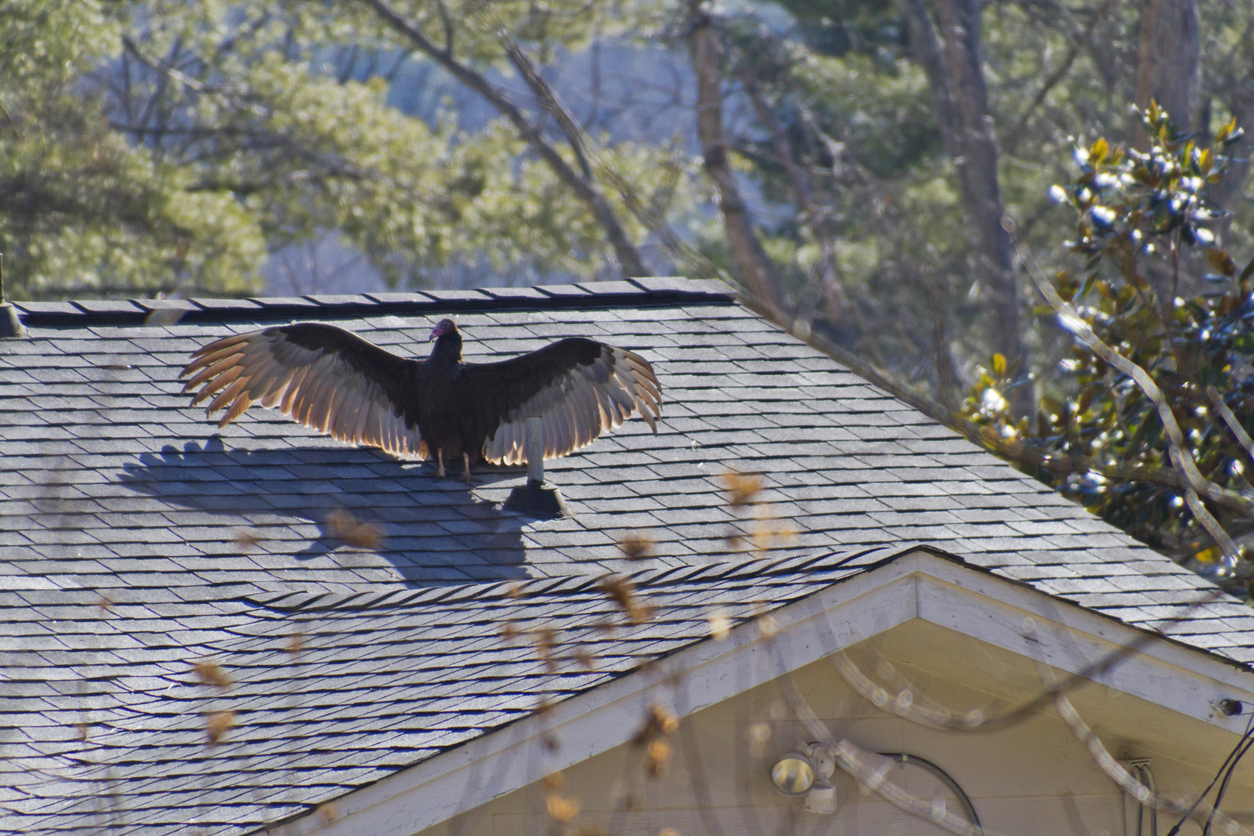The past few weeks, I wrote about the evolution of the all-risk policy from some of the earliest fire insurance policies and explained that “all-risk” does not mean all loss. This week I want to focus on one of the common exclusions found within all-risk policies – the mold exclusion.
Mold exclusions often contain language like:
This policy does not apply to any loss or damage caused by or resulting from the actual or threatened existence, growth, release, transmission, migration, dispersal or exposure to mold, spores or fungus.
As phrased, this exclusion may lead one to believe that any and all damage stemming from mold would be excluded. While many times mold damage will be excluded, there may be other avenues for recovery under the policy. Before looking at those other avenues, I want to first begin with a case in which coverage was denied.
In Merrimack Mutual Fire Insurance Company v. McCaffree, 486 S.W. 2d 616 (Tex. App. 1972), the insureds faced a mold problem in their shower stall. The shower stall lacked a shower pan and consequently, the water from the shower leaked onto the wood underneath the shower stall. Of course, the water caused the wood to rot and the growth of fungus and mold. The insurance policy contained an exclusion that read:
This insurance does not cover…loss caused by inherent vice, wear and tear, deterioration, rust, rot, mold or other fungi, dampness of atmosphere, extremes of temperature, contamination, vermin, termites, moths or other insects…
The court ruled that denial of coverage was appropriate, reasoning that “since the damage or deterioration to the property was admittedly directly caused by fungi, and to some extent by termites, such would bring it clearly within the exclusion of the contract.”
The court based its decision largely on the fact that mold – along with termites – was the direct, or proximate, cause of damage. Keep in mind, though, that this case applied Texas law and that the laws are different in every state.
Mold exclusions are relatively straightforward, but many of you may be wondering what happens when mold damage is the result of some other damage. Great question. The answer is: It depends – if the “other damage” is a covered peril, then the policyholder may be in luck. Next week I will write about a case that found mold damage was covered even though the policy at issue contained a mold exclusion.




